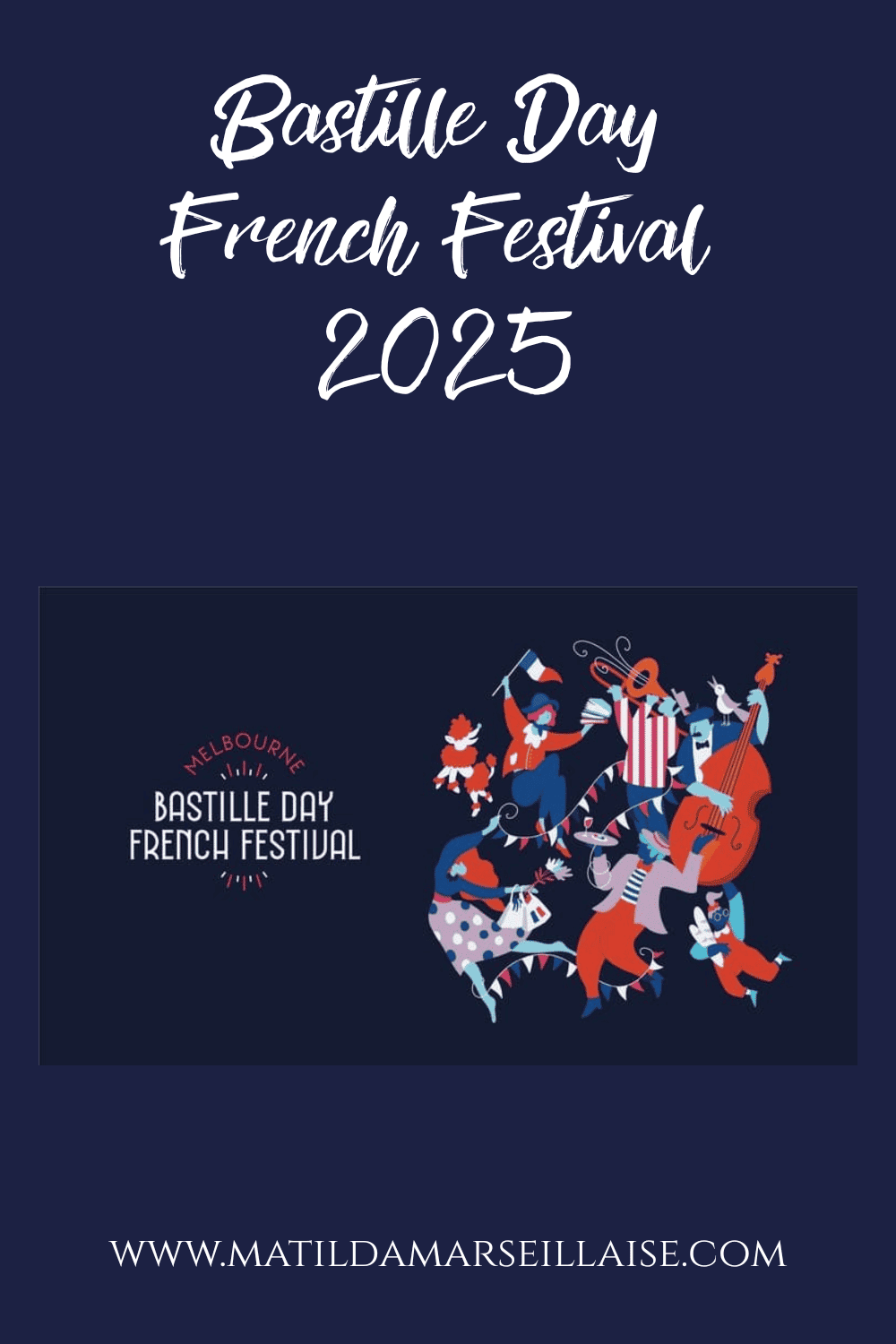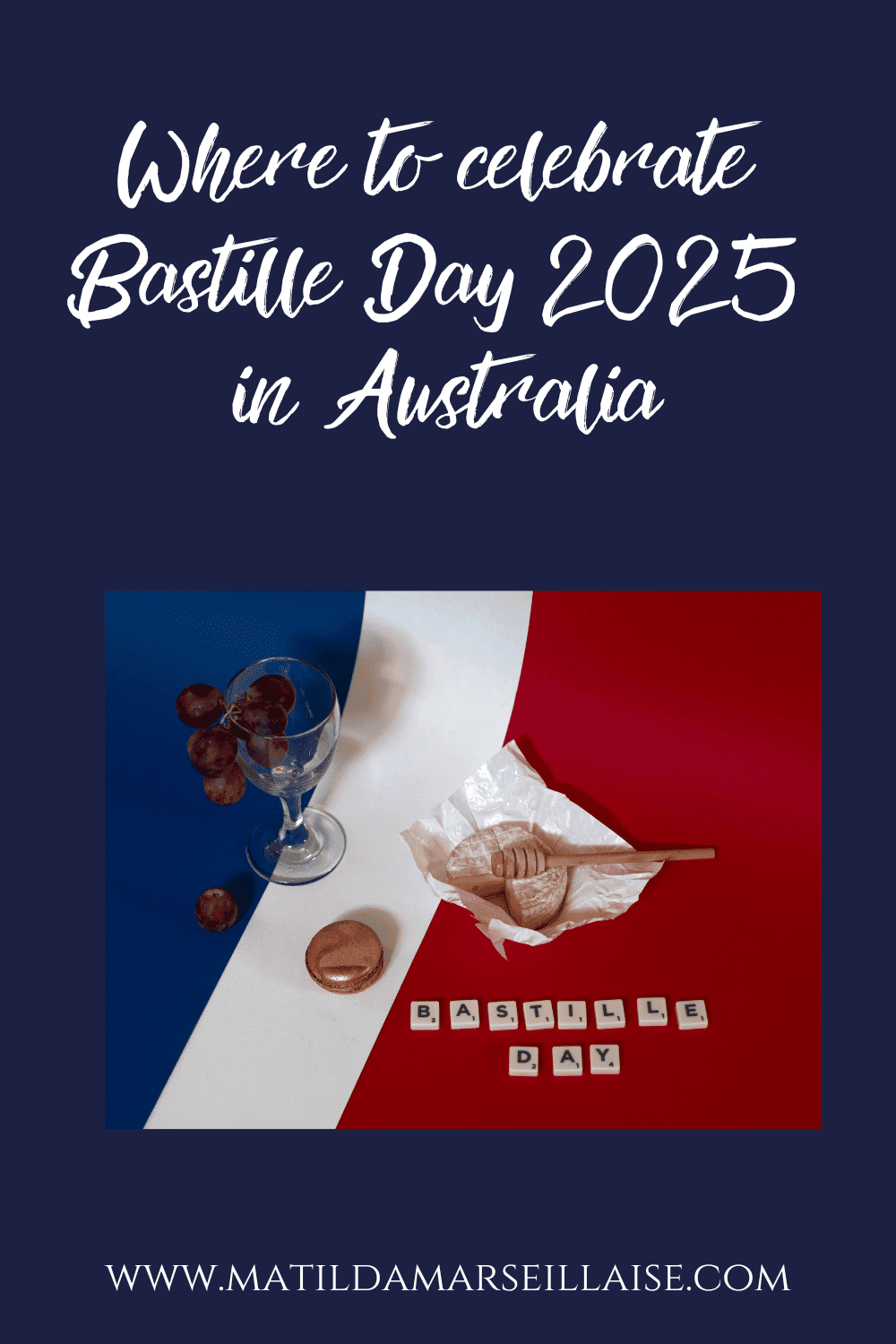Adelaide Festival audiences were treated to a look inside the incredible imagination of wonderful Canadian auteur Robert Lepage with The Nightingale & Other Fables in the Adelaide Festival Centre on Friday night. A nearly full house was spoilt with fantastically reimagined retellings of The Nightingale, The Fox and a few other short stories.

Robert Lepage was last at Adelaide Festival in 2019 with his theatre production The Far Side of the Moon, which gave us a taste of his wide imagination. In it, Robert Lepage managed to transform the ordinary into the extraordinary. In it “a circular window becomes a washing machine, a medical scanner, an aeroplane window and a goldfish bowl.”
The Nightingale & Other Fables also known as The Nightingale & Other Short Fables is a co-production of Opera national de Lyon, Festival d’Aix-en-Provence, Canadian Opera Company and Dutch National Opera in collaboration with Robert Lepage’s own Ex Machina (Canada). It made its worldwide debut in 2009.
It’s quite unusual to see the full orchestra on stage for an opera performance but Robert Lepage had the orchestra pit filled with water for The Nightingale so there wasn’t anywhere else for them to be. This meant that in the first half conductor Alejo Pérez was suspended above the water on a bridge.
We were treated to some of the lesser-known works of Igor Stravinsky in the first half, all of which were wonderfully accompanied by shadow puppeteering. In Pribaoutki (1914) shadow puppets show us horses galloping, glasses of beer being clinked, and a hare who wants some moonshine. This piece was sung by contralto Meredith Arwady dressed in traditional Russian rural dress.
In Two Poems by Konstantin Belmont, soprano Yuliya Pogrenbnyak sings also in traditional Russian dress. The Forget Me Not flower and the dove are creatively depicted again by shadow puppeteers. The Berceuses du Chat saw Meredith Arwady singing while we watched a cat getting pets, before a tom cat, his wife and their kittens stroll across the stage.
I’ve never seen shadow puppeteering of such finesse and skill. The team of puppeteers are Martin Vaillancourt (Captain), Andréanne Joubert, Desmond Osborne, Vincent Poliquin-Simms, Andrea Ciacci, and Noam Markus.
Dean Newcomb appears on stage between each of the sections in the first act performing a series of clarinet solos. His role is almost that of a herald signalling the beginning of the next section.

For Four Russian Peasant Songs, 11 female singers perform. Dressed in dark grey skirts, button up shirts and red head scarves they sit in three rows on stage left, with the front row of singers dangling their feet in the water. Accompanied by French horns, the audience laughed at the song in which instead of hunting turkeys the singer sings that they “wish I’d caught a fistful of money instead”.
The shadow puppeteering is ramped up for The Fox (Renard). This time the puppeteering is rear projection, happening behind the white screen and rather than just hands and arms, full bodies are coming into play. With only their feet visible below the white screen, we are treated to shadow dance and shadow acrobatics. This tale of the boastful but ultimately uncourageous Rooster and the cheeky Fox had us so completely immersed in the puppetry, that at times we weren’t watching the singers or reading the surtitles. Even in this brief performance, there’s a significant evolution. It begins with dark silhouettes set against the white screen, transforming into brightly lit images of animal faces and feet that vividly contrast against the backdrop. We were left in awe at this visual retelling of the childhood fable.

Throughout The Nightingale & Other Fables, we were spoilt for choice with areas of interest to look at on stage. For the first few pieces, we shifted our focus between the shadows dancing across the large screen at the back of the stage and the puppeteers themselves, positioned stage right on an elevated platform, gracefully transitioning between formations.

And that’s just the first half, we haven’t even got to the headlining piece The Nightingale yet! The Nightingale transports us from Russia to China with the chorus in brightly coloured Chinoiserie-inspired dress. Mist slowly billows across the water in the orchestra pit, enhancing the atmosphere. Stage left, a large tree extends over the water. The platforms previously utilized by the shadow puppeteers now unveil themselves as bridges spanning over the water, beneath which a boat laden with puppets gracefully emerges.
For The Nightingale, the shadow puppets are gone and replaced with actual puppets, inspired by Vietnamese water puppets and designed by Martin Genest. Singers, waist deep in the water, not only sing but also manipulate the puppets, something most opera singers wouldn’t expect they’d find themselves doing. The Nightingale is sung by Yuliia Zasimova with her beautiful soaring voice and depicted by a small white bird which flits around the stage thanks to a puppet master or at times the singer herself.

The tale of The Nightingale, in short, is that the Emperor of China having heard about the song of the Nightingale demands his kitchen hand find it and bring it to him to sing. For doing so, she will be elevated to Head Cook and get to watch the Emperor eat (apparently a privilege). So, on the boat, the kitchen hand sung by soprano Yuliya Pogrebnyak awaits the Nightingale in the forest.
The Nightingale hesitates at the offer and tells them that she sings at her best in the forest before being captured in a box and taken to the Emperor. Much fanfare is made at the palace ahead of the performance and the Emperor, sung by bass Taras Berezhansky, is moved to tears when he hears her sing. So impressed, the Emperor says she shall have a golden slipper hung around her neck. She declines saying that his tears are enough. However, 3 Japanese envoys arrive and bring with them an automata wind-up nightingale that plays a nightingale song. Seeing that she has been so easily replaced, the real nightingale flies away when no one is looking. For this, the Emperor banishes her from the kingdom.
Some time later, lying on his death bed, the Emperor is taunted by voices which represent all of his misdeeds. Incredible set design is again seen here, a small mattress at the base of a tent like structure is where the Emperor lays. Soon however the tent fabric drops and it becomes apparent that the frame is in fact the skeleton of Death (sung by Meredith Arwady who sung in the first part), whose limbs surround the bed and whose enormous skull looms large behind the dying Emperor. This striking image of the hovering skull, and the skeletal arms and legs (all of which are separately manipulated) will stay with us.
To our surprise, the nightingale suddenly appears and starts to sing. Death, captivated by the nightingale’s song, implores her to continue her enchanting melody. She says she will but only if Death returns the King his Crown and his sceptre. Death agrees passes them down to the Emperor on his bed. The Emperor, revitalised thanks to the nightingale’s song, offers to give her the most important role in his court. Again, she declines saying his tears are enough but promises to return to sing to him every night from dusk til dawn.

While The Nightingale & Other Fables is undeniably Robert Lepage’s visionary concept, its manifestation into reality is a testament to the collaborative efforts of set designer Carl Fillion and lighting designer Etienne Boucher, who skilfully breathe life into Lepage’s vision.
Of the operas I have seen over the past few Adelaide Festivals, The Nightingale and Other Fables will be the one that I will hold in my memory forever. Robert Lepage has made opera appeal to the masses with his staging involving shadow puppets, acrobatics and boats on water. This would be an opera a child could appreciate for the visual aspect alone. That it is in relatively short parts adds to that ease of watching for younger audiences. For opera enthusiasts with friends who might not yet appreciate the art form, The Nightingale & Other Fables serves as an ideal introduction, offering something to delight everyone. If you’re attending only one show at the Adelaide Festival 2024, we highly recommend prioritizing this production for an unforgettable experience.
![]()
5 CROISSANTS
Matilda Marseillaise was a guest of Adelaide Festival
KEY INFO FOR THE NIGHTINGALE & OTHER FABLES
WHAT: Robert Lepage’s The Nightingale & Other Fables
WHERE: Adelaide Festival Theatre
WHEN: only until 6 March
HOW: Book your seats ASAP via this link as only a few remain
HOW MUCH: Ticket prices are as follows:
- Adult: Premium $329, A Reserve $249, B Reserve $199, C Reserve $149
- Festival Friends: Premium $280, A Reserve $212, B Reserve $169, C Reserve $127
- Concession (Pensioner, Health Care Card* holder, MEAA/Actors’ Equity member): A Reserve $199, B Reserve $159, C Reserve $120
- Under 30 years old (ID required): B Reserve $100, C Reserve $75
- Full-time student (ID required): B Reserve $90, C Reserve $65
- Child (14 years & under): Premium $140, A Reserve $106, B Reserve $85, C Reserve $60
- D Reserve: $69
MORE ADELAIDE FESTIVAL CONTENT
Artistic Director Ruth Mackenzie CBE chats to us about Adelaide Festival 2024
Tilo Nest plays Mr Peachum in Barrie Kosky’s The Threepenny Opera exclusive to Adelaide Festival
French agency Sabir managed the first Create4Adelaide and the exposition opens today
REST OF AUSTRALIA?





